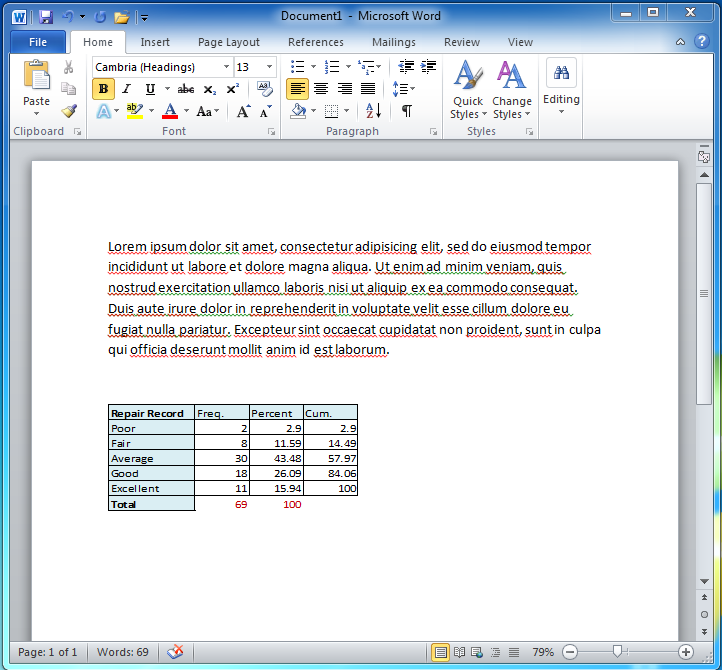

- #Putexcel stata 12 version install#
- #Putexcel stata 12 version software#
- #Putexcel stata 12 version free#
Stata have announced new free Stata webinars. Stata for Windows, Mac, and Linux can directly import data and export data and results to Microsoft Excel files.
#Putexcel stata 12 version software#
By updating one command ( tab2xl ), creating another ( tab2docx ), and leveraging a third ( putdocx ), users can begin to more easily move tables across software platforms.
#Putexcel stata 12 version install#
This is a handy way to make sure that your ordering involves multiple … -在Stata中输入ssc install asdoc, replace,安装asdoc.

In words, put the covariate names ( colname) on the rows of the table, and put each combination of estimation command and coefficient/confidence interval on the columns ( cmdset#result). The second line tells collect how the table is to be laid out. The first line tells collect to report only coefficients ( _r_b) an confidence intervals ( _r_ci). collect style autolevels result _r_b _r_ci, clear To create myregci from myreg, we only had to type three lines: Style myregci was derived from style myreg. The second style even puts the coefficient statistics side by side rather than above and below. The two styles we applied to our collection produced distinctly different tables. We simply tell collect to use style myregci :Īll we did to change from the first table to the second table was change the style. What if you prefer confidence intervals? We also have a style that shows just coefficients and confidence intervals-style myregci. collect will then lay out, format, and style the table according to the specified style. With a style in hand, all we do is ask the system to use that style. We will use a relatively simple regression style file that places the standard errors below the coefficients and adds a few model statistics to the bottom. collect: regress bpsystol weight i.sex i.agegrp i.sex#i.agegrp collect: regress bpsystol weight i.sex i.agegrpįinally, let's interact sex and age group, and collect those results: Why stop with one regression? Let's add indicators for birth sex and for levels of age group to our regression. To collect the results, all we do is place the collect prefix in front of the command: 1981) that are used in many examples in the manuals.įirst, we collect the results for a simple regression of systolic blood pressure on weight in kilograms. We grab the NHANES II data ( McDowell et al. Let's create a table using the collection system. You can also use the styles shipped with Stata or styles created by your colleagues. Once you have designed a style, you simply apply that style to other collected results to create a table-a table with your preferred layout, formatting, and appearance. You can design your own styles for the types of tables you often create. You saw styles being used on the table commands for the tables presented above. One feature that makes it more approachable is styles. We admit that the collection system harbors some complexity. Stata 17 gives you access to that system too. How can the updated table command do all that? It is built on top of a whole new system for collecting stored results from commands and displaying those results as tables.


 0 kommentar(er)
0 kommentar(er)
